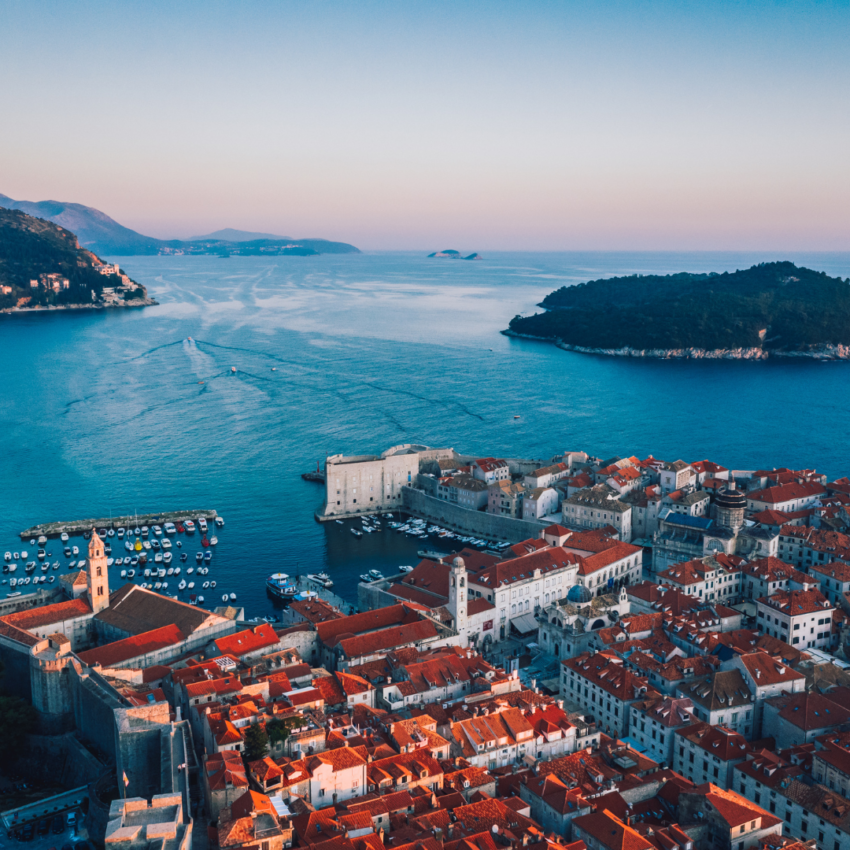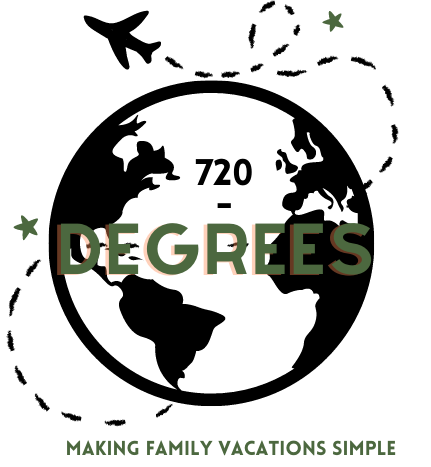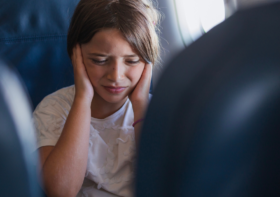What is Island Hopping: A Guide to Exploring Coastal Destinations

Island hopping is a travel strategy that involves visiting multiple islands in a single trip. This approach allows travelers to experience diverse cultures, landscapes, and activities, maximizing their adventure on a journey through coastal regions or archipelagos. It is particularly popular in places like the Caribbean, Greek Islands, and Southeast Asia, where island diversity offers unique experiences and attractions. Travelers can engage in various activities during island hopping, such as snorkeling, hiking, and exploring local cuisine. Each island often has its distinct charm, from bustling markets to serene beaches, making every stop worthwhile. With the right planning, island hopping can provide a seamless way to enjoy the beauty and variety of oceanic destinations.
For those seeking a more immersive adventure, island hopping opens the door to hidden gems that may be overlooked in more traditional travel itineraries. The ability to explore different islands enriches the travel experience, creating lasting memories and stories to share.
Historical Context of Island Hopping
Island hopping emerged as a crucial military strategy during World War II, enabling Allied forces to capture key islands in the Pacific. This approach facilitated advancements toward Japan while avoiding heavily fortified positions.
Strategic Importance in World War II
The concept of island hopping became significant following Japan’s attack on Pearl Harbor in December 1941. This event marked the United States’ entry into the Pacific War against Japan. In response to Japan’s expansion, military leaders like General Douglas MacArthur and Admiral Chester Nimitz devised a strategy that targeted strategically important islands. Rather than assault every Japanese-held location, they focused on capturing islands that would serve as bases for further operations. Key islands included the Philippines, Guam, and the Marianas, which were essential for launching B-29 bombers against Japan. The strategy reduced casualties and resource expenditure while establishing supply lines for advancing American forces.
Key Battles and Operations
Several pivotal battles defined the effectiveness of the island-hopping strategy. The capture of Guadalcanal in 1942 marked the first major offensive against Japanese forces and set the stage for subsequent campaigns. Operation Cartwheel targeted Rabaul, a significant Japanese base, disrupting supply chains. Additionally, the Marianas Turkey Shoot during the Battle of the Philippine Sea in 1944 highlighted the strategy’s potency. American naval forces significantly weakened the Japanese fleet, paving the way for further operations. Key land battles at Saipan, Iwo Jima, and Okinawa exemplified the strategy’s focused approach. These operations aimed to secure airfields, bolster American forces, and prepare for the eventual invasion of the Japanese mainland.
Island Hopping as a Travel Concept
Island hopping offers travelers a unique way to explore multiple islands in one trip. This concept often involves ferry services, cruises, or inter-island flights, allowing visitors to experience diverse cultures, landscapes, and activities.
Popular Destinations
Various regions around the world are known for their island hopping opportunities. The Caribbean is a prime example, where travelers can easily move between islands like Anguilla, Puerto Rico, and the British Virgin Islands. Each island features distinctive attractions, including beautiful beaches and lively local cultures. In the South Pacific, destinations such as Fiji and the Cook Islands provide stunning waters and vibrant marine life. Travelers often find themselves enjoying adventure activities like diving, snorkeling, and sailing while moving from one picturesque island to another.
Island Hopping in the Caribbean
In the Caribbean, island hopping is a popular vacation choice. Tourists commonly use ferries and charter boats to travel between islands such as St. Thomas, Tortola, and St. Maarten. Each destination offers unique experiences, from exploring historical sites to relaxing on world-class beaches.
Visitors can also enjoy organized cruises that include multiple stops, allowing them to sample the local cuisine and participate in activities like water sports and hiking. Flights and yacht rentals provide additional flexibility, making it easier to customize travel itineraries according to personal preferences.
Island Hopping in Hawaii
Hawaii’s beautiful islands present ample opportunities for island hopping. Inter-island flights, operated by airlines such as Hawaiian Airlines and Mokulele Airlines, connect major islands like Maui, Oahu, and Kauai. Travelers can explore each island’s distinct character, from the vibrant city of Honolulu to the lush landscapes of Kauai.
Ferry services, such as those to Molokai and Lanai, offer another option for getting around. Activities vary widely, including hiking in lush rainforests, relaxing on stunning beaches, and experiencing local culture through festivals and markets. Hawaiian island hopping enriches any travel itinerary, providing unforgettable diversity.
Moreover, accommodations across the islands have evolved in recent years to meet the growing interest in multi-island travel. From boutique resorts to locally hosted homes, there is no shortage of comfortable and unique lodging options. For instance, travelers exploring the Garden Isle can generally find plenty of charming places to stay through Kauai AirBnB (or similar reputable facilities), often offering a more personal and immersive experience while taking in Kauai’s natural beauty.
Planning and Navigating Your Island Hopping Adventure
Effective planning and navigation are essential for a successful island hopping experience. Understanding transportation options and accommodations can greatly enhance the adventure.
Modes of Transportation
Choosing the right mode of transportation is vital for seamless travel between Hawaiian islands. Ferry services provide a popular option, allowing travelers to enjoy scenic views while cruising from one island to another. Ferries typically run on a set schedule, making it easy to plan trips between islands. Travelers should check for ferry availability in advance, especially during peak seasons.
For a more personalized experience, chartering a boat is a fantastic alternative. This option offers flexibility in terms of destinations and timing. It allows for unique stops at secluded spots or coral reefs, making the journey more adventurous. Technology plays a role in modern navigation. Numerous apps and websites help travelers find the best routes, schedules, and prices for both ferries and boat charters.
Accommodations and Logistics
Once transportation is arranged, securing accommodations is the next step. Each island offers various options, from luxury resorts in Maui to budget-friendly hostels in Oahu. Planning ensures the best prices and availability. Logistics are also crucial. It’s important to synchronize ferry times with accommodation check-in and check-out procedures. Some islands may have limited transportation options; being aware of these can prevent unnecessary delays. Travelers should consider local attractions, such as the El Yunque rainforest, when planning their itinerary. Ensuring that accommodations are conveniently located can enhance the overall experience. Booking a place near key sites or transportation hubs specifically helps in maximizing time spent exploring each island.




Leave a Reply